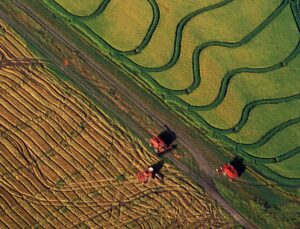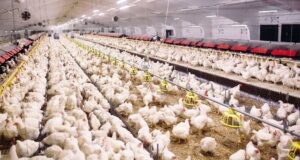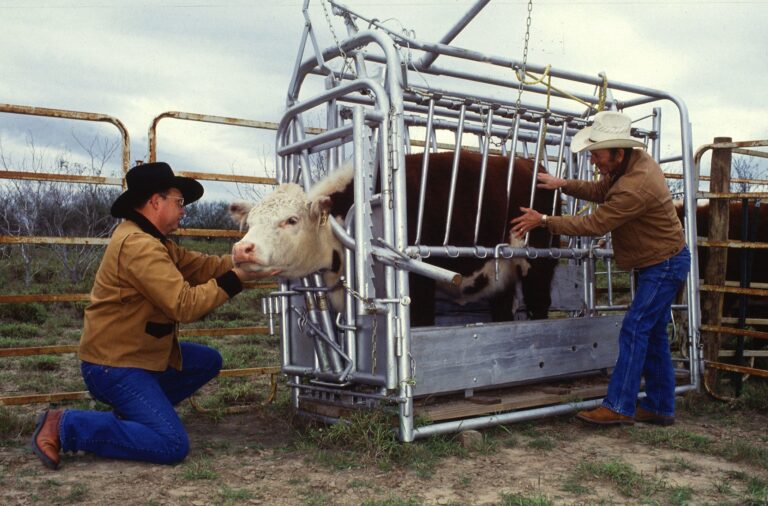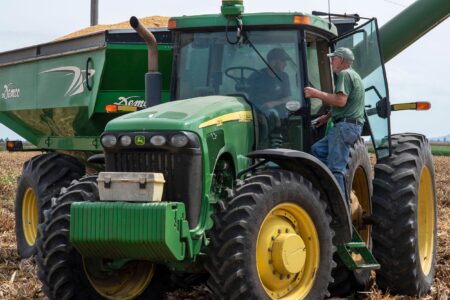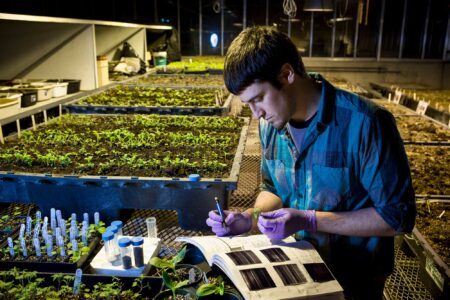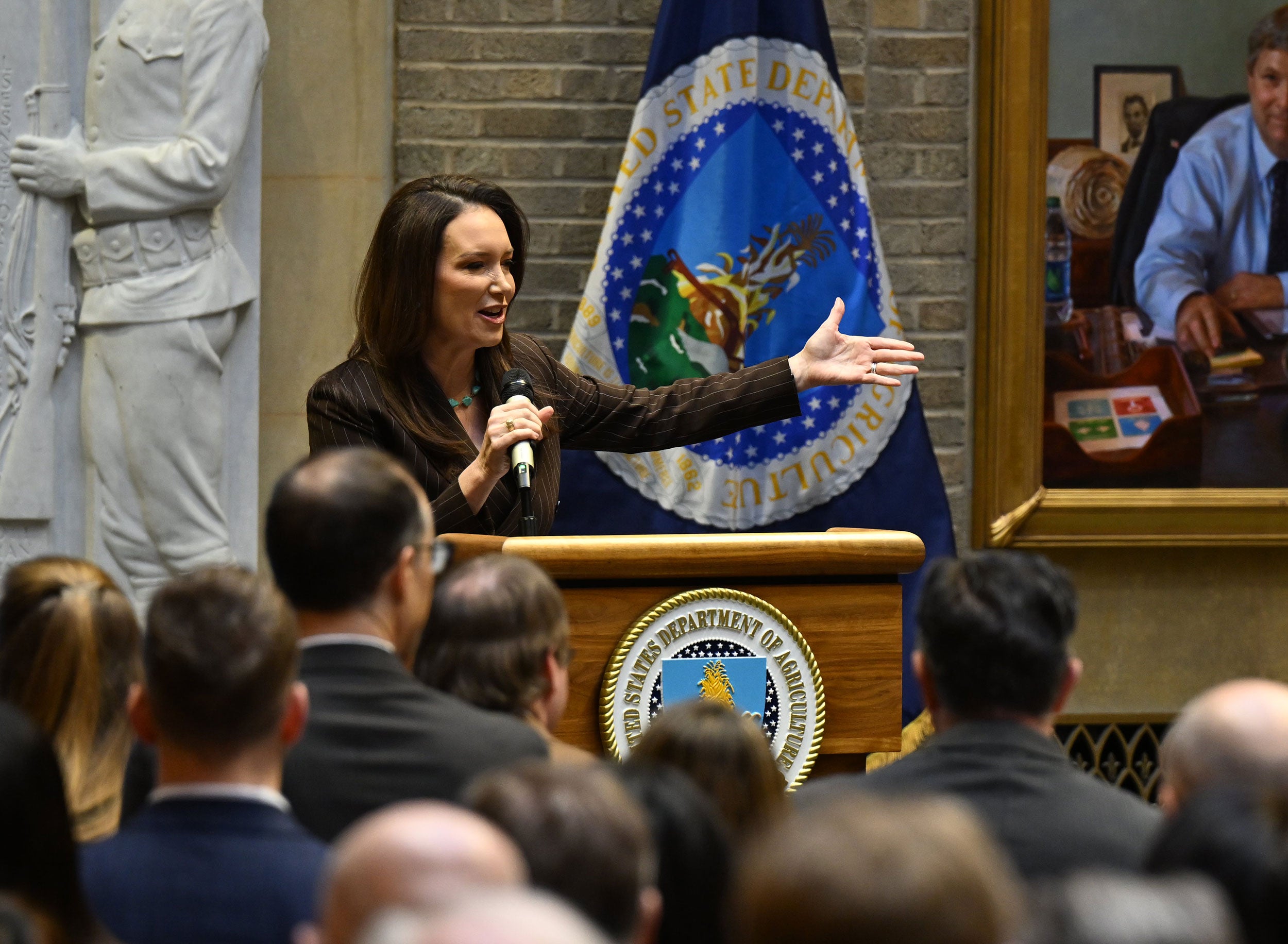Brooke Rollins apparently heard that I gave her debut as secretary of the U.S. Department of Agriculture a mixed bag. No sooner was the column published than she dropped her strategic plan for the department: the National Farm Security Plan. (Fine, maybe my assessment wasn’t the entire reason why …)
The NFSP is a spin on President Donald Trump’s “America First” agenda that equates farm security with national security. The concept isn’t so far-fetched. If a country can’t feed and fuel itself, it can’t keep and protect itself.
So what kind of policy supports agriculture security? Rollins sets it out in seven priorities. Let’s delve in.
1. Blocking foreign farmland ownership
The pitch: The USDA will ban China, Russia, Iran, and North Korea from buying U.S. farmland, especially near sensitive sites. A public database will expose who owns what, and farmers can anonymously report suspicious deals.
The analysis: This will be politically popular because no one wants our foreign adversaries to own our precious farmland. But the reality is that less than 3 percent of U.S. farmland is owned by foreign actors, and of that amount, Canada acquired the most. As a big proponent of private property rights, I worry about allowing the government chip away at them.
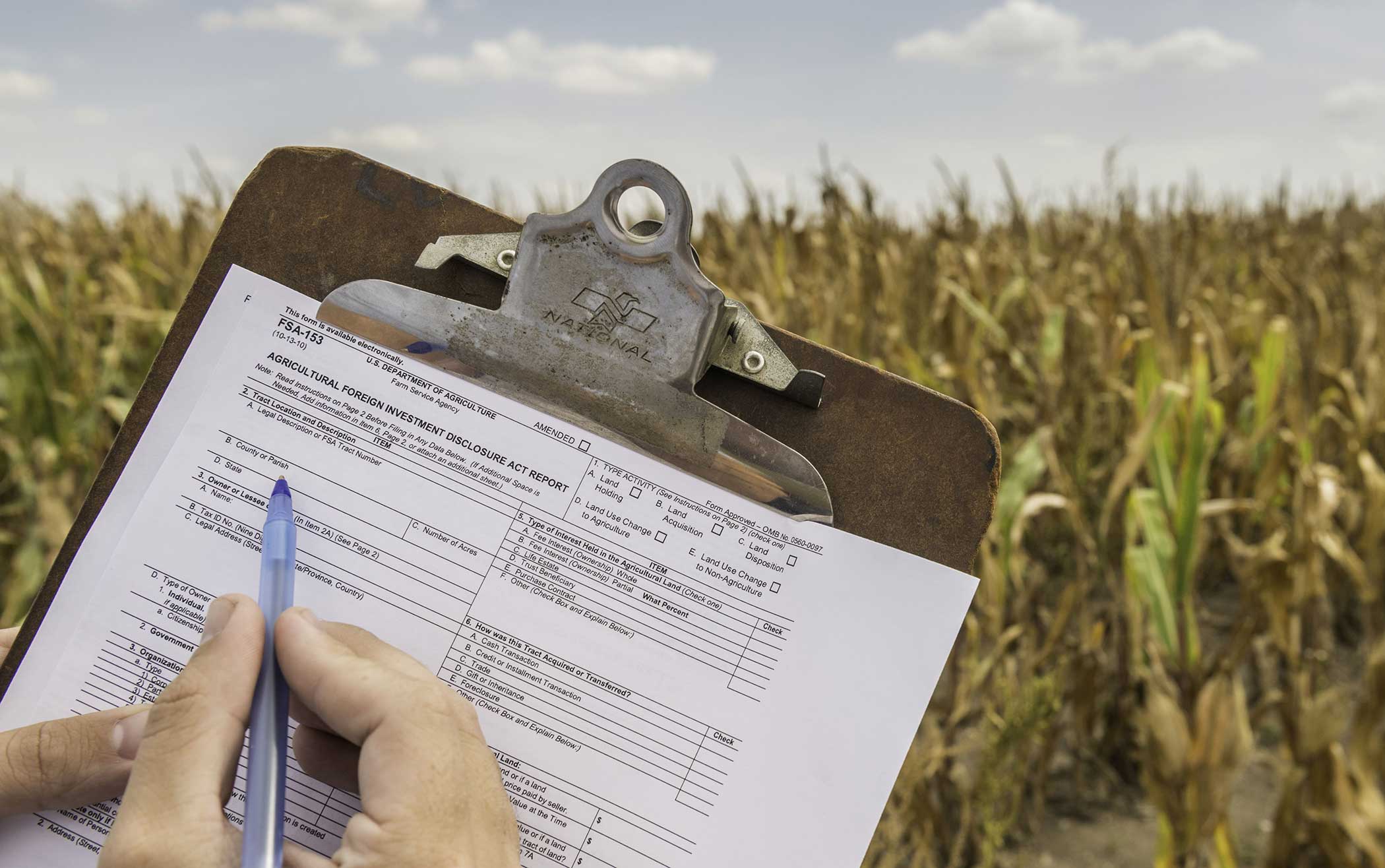
2. Strengthening ag supply chains
The pitch: Pandemic shortages showed how vulnerable we are to foreign suppliers. The USDA wants to invest in domestic production of fertilizer, equipment, and seeds, while partnering with trusted allies for backups.
The analysis: There’s not much to quibble about here. What’s the point of owning farmland if we don’t have the tools necessary to actually grow the crops? I do wonder whether it’s possible for us to source everything this side of the oceans, but it should help.
3. Protecting the nutrition safety net
The pitch: The USDA plans to crack down on fraud in SNAP and other food programs, ensuring benefits reach the families who truly need them instead of being exploited by bad actors.
The analysis: Eliminating fraud and waste is important, and there’s no doubt some of that happens with SNAP. At the same time, the U.S. grows more than enough food to feed itself. Don’t believe me? We throw away about 50 percent of it. I’d rather see that food go to someone who doesn’t “deserve” it over dumping it at the landfill.
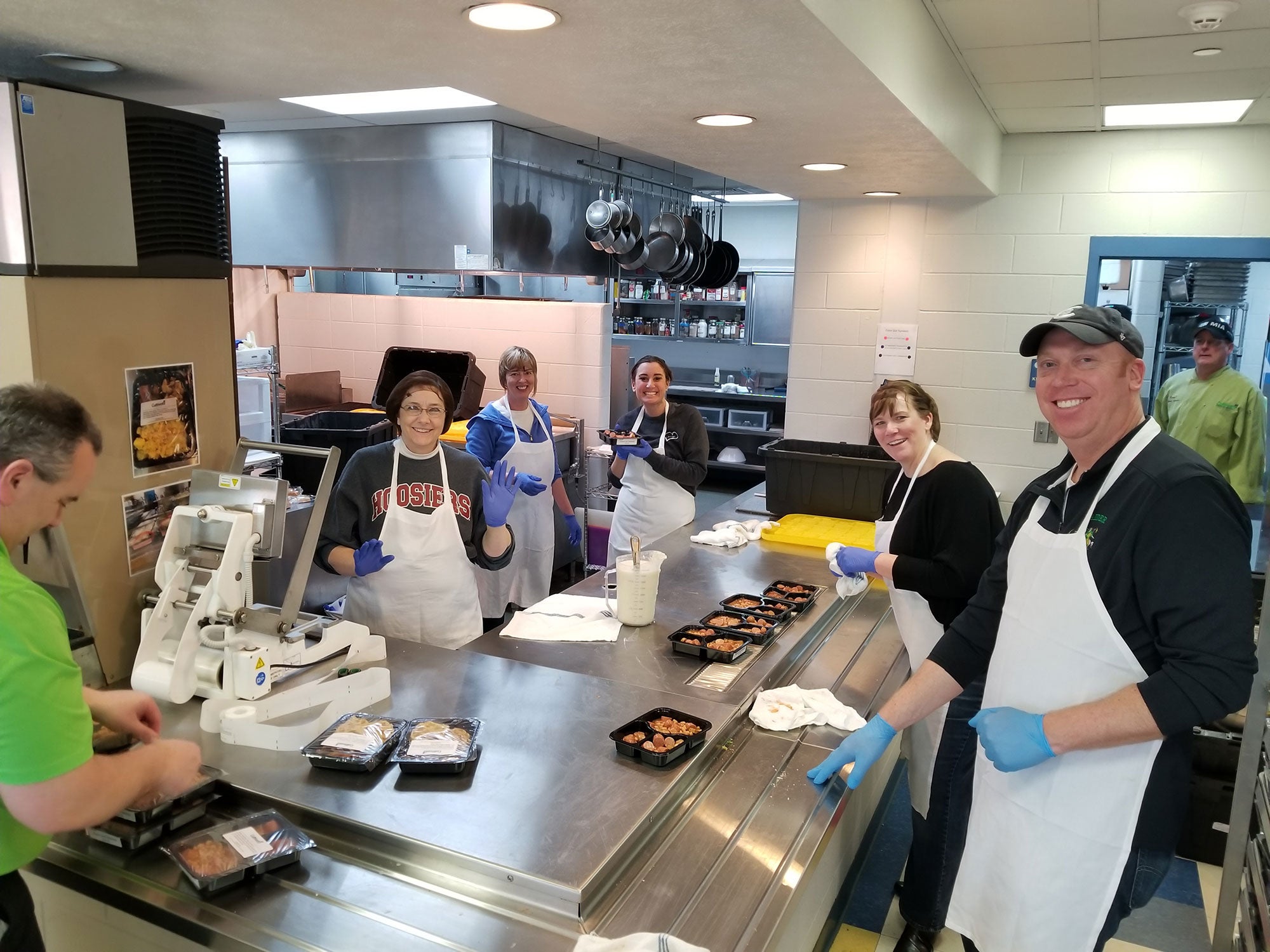

4. Securing agricultural research
The pitch: Keep U.S.-funded research out of foreign hands by vetting researchers, cutting hidden partnerships, and closing loopholes that allowed taxpayer-backed innovation to benefit adversaries.
The analysis: The goal here is that farm research should be directed at helping American producers, and the funding for that research stays with American-friendly entities. Research is so, so important for developing ag technology and improved production methods. Let’s just make sure the money spent benefits our farmers without excluding our allies and friends.
5. ‘America First’ USDA programs
The pitch: Redirect USDA support to prioritize domestic farmers and businesses over foreign interests.
The analysis: International relationships and cooperation is important for long-term progress and success. Globalization isn’t something we can just turn away from, and U.S. farmers can also benefit from these arrangements. That said, USDA programs should consider on stateside production before looking abroad.


6. Guarding plant and animal health
The pitch: Beef up biosecurity to stop agroterrorism and fast-track vaccines and treatments for livestock and crops.
The analysis: This is something that keeps me up at night, especially with recent stories about Chinese nationals plotting bioterrorism. The avian flu outbreak is the perfect example of how an illness or disease can wreck havoc on our industry. If a foreign adversary successfully deploys one of these agents, it could have devastating effects.
7. Declaring agriculture critical infrastructure
The pitch: Farms, food processors, and ag supply chains will get the same priority as power grids and pipelines, with cyber protections to match.
The analysis: If done correctly, this is one of the most important aspects of Rollins’ plan. It opens up federal support for cybersecurity and other support against the risks we face today. This focus can support security professionals working in the industry to combat new and growing threats, while also providing educational opportunities to expand the workforce available for these positions.
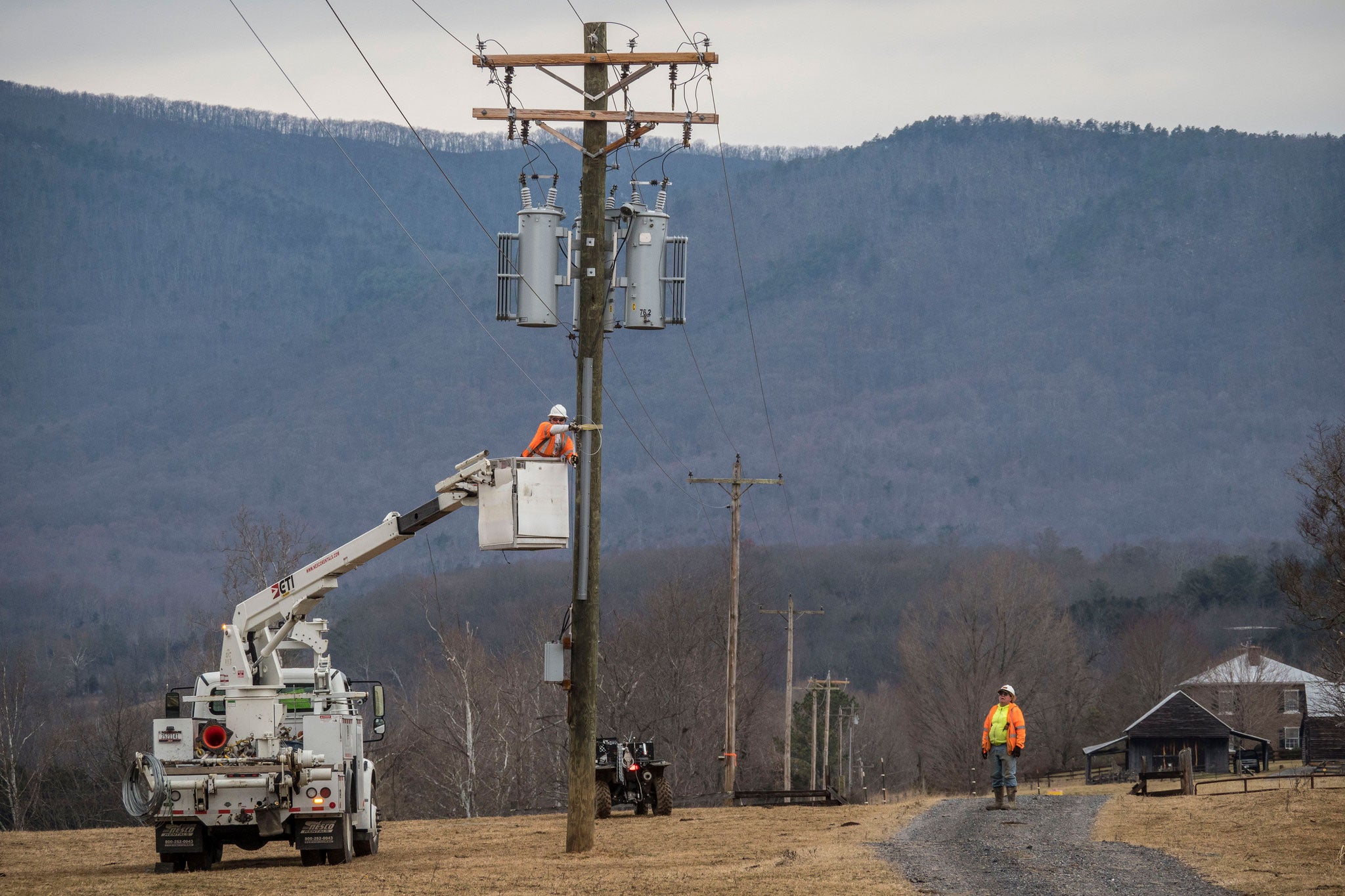

Overall, the NFSP has the potential to prioritize and strengthen U.S. agriculture. That’s good because food security is national security. My biggest concern though is that we retract from international cooperation that has global benefits, even if they aren’t exclusive to U.S. farmers. Only time will tell if Rollins and the USDA are able to take this opportunity to address weaknesses and prioritize domestic agriculture.
Amanda Zaluckyj blogs under the name The Farmer’s Daughter USA. Her goal is to promote farmers and tackle the misinformation swirling around the U.S. food industry.


:max_bytes(150000):strip_icc()/Canadian20flag48553671412_aeb0538794_c-0bfa123de2b54e30ab4fadecae382d4a.jpg)
